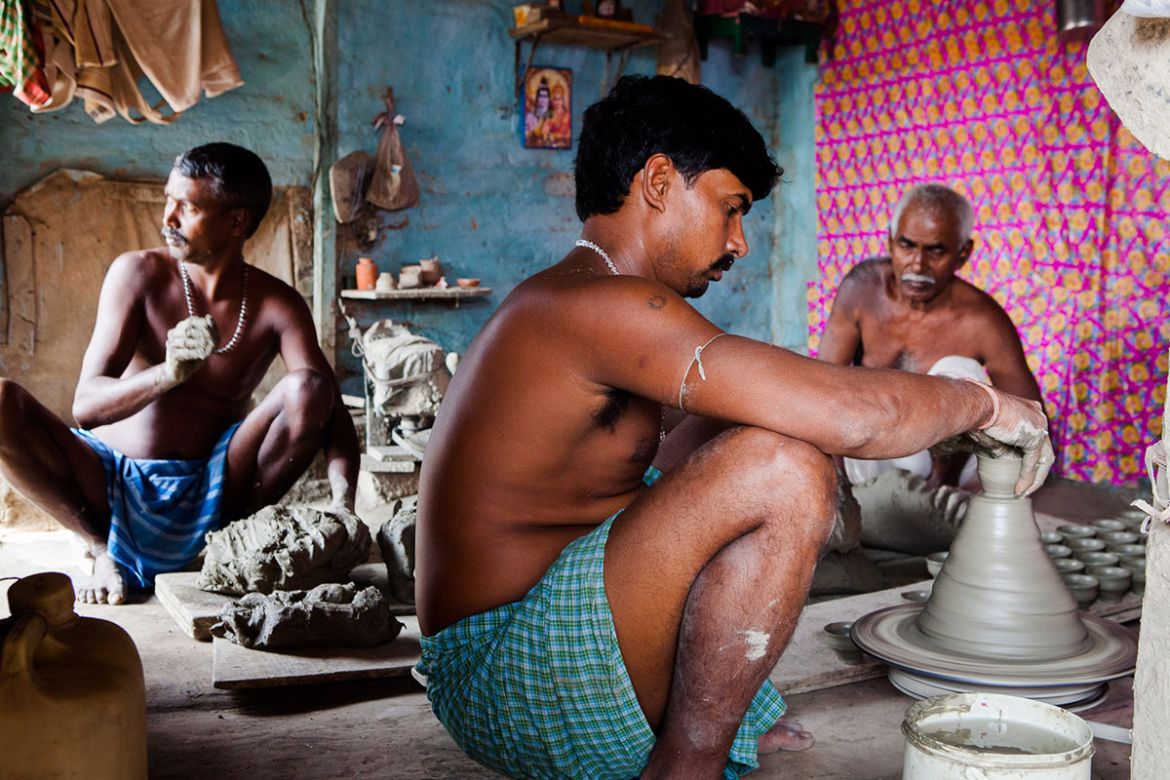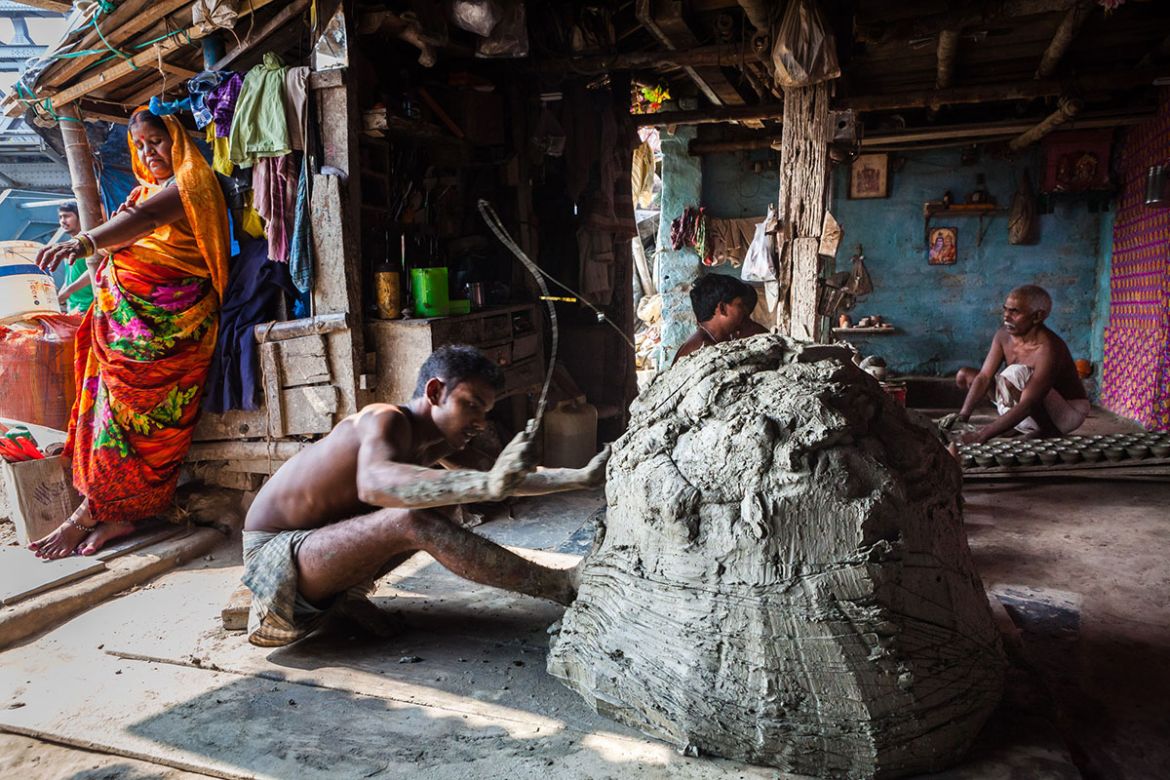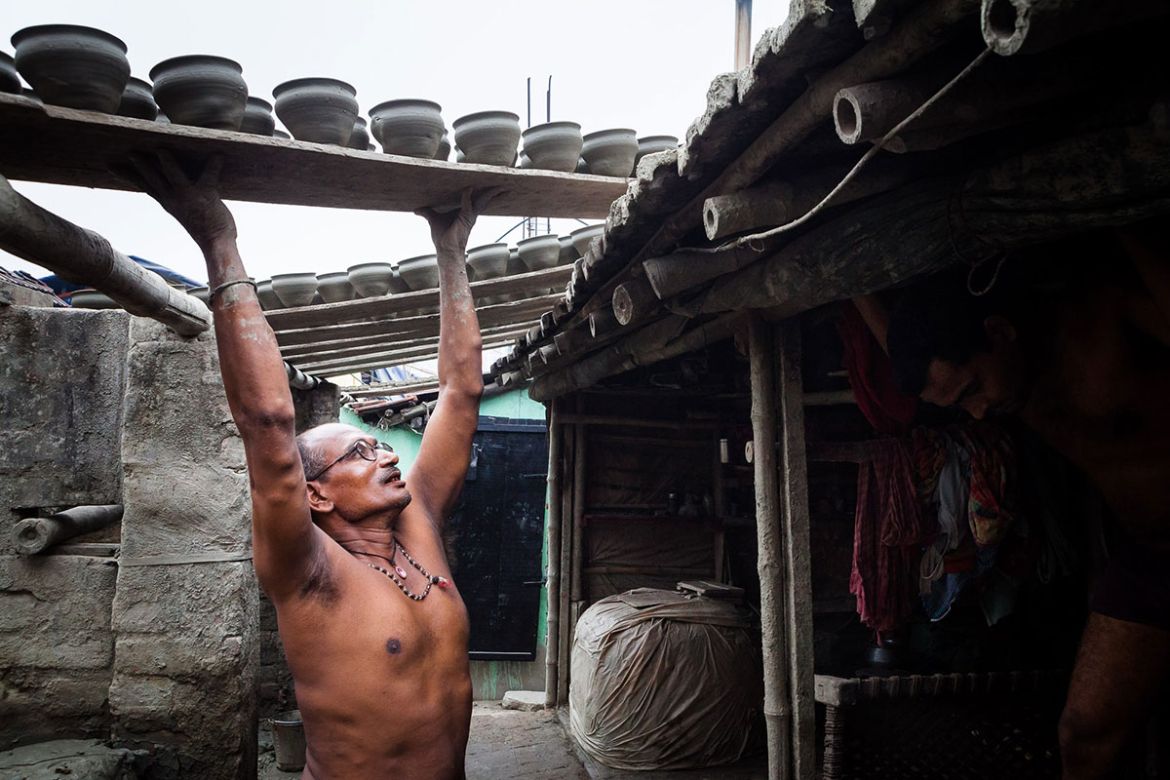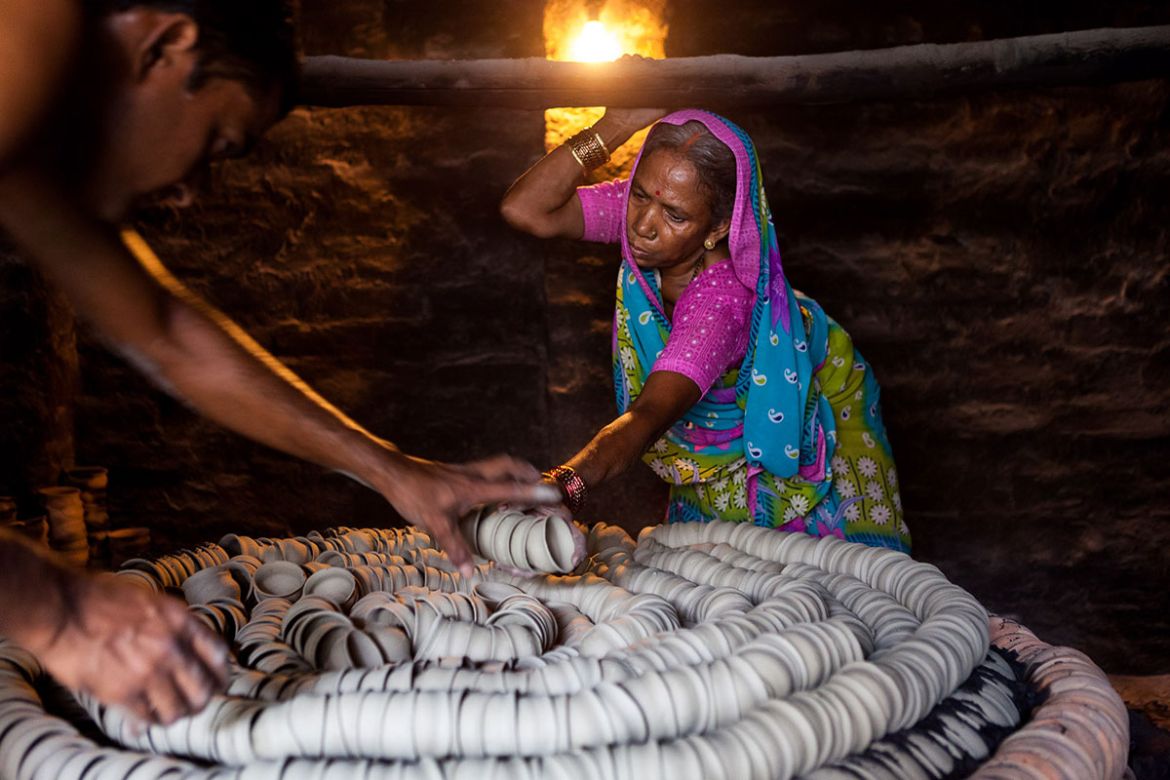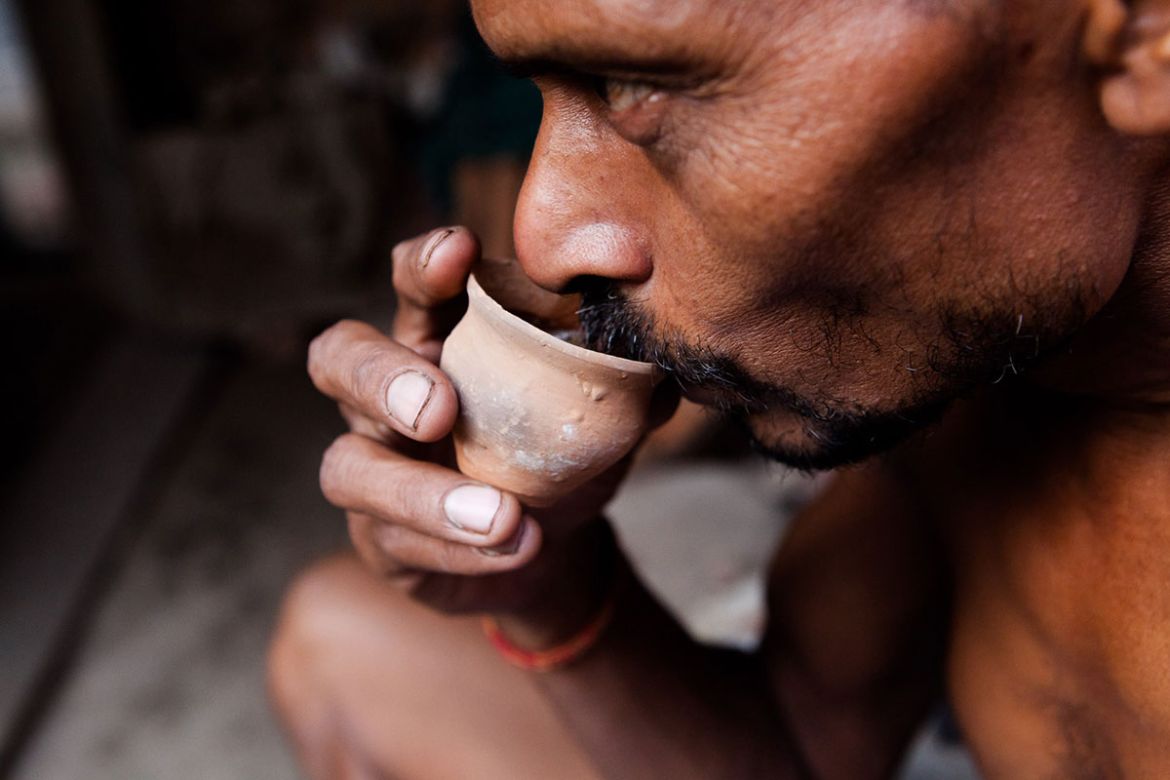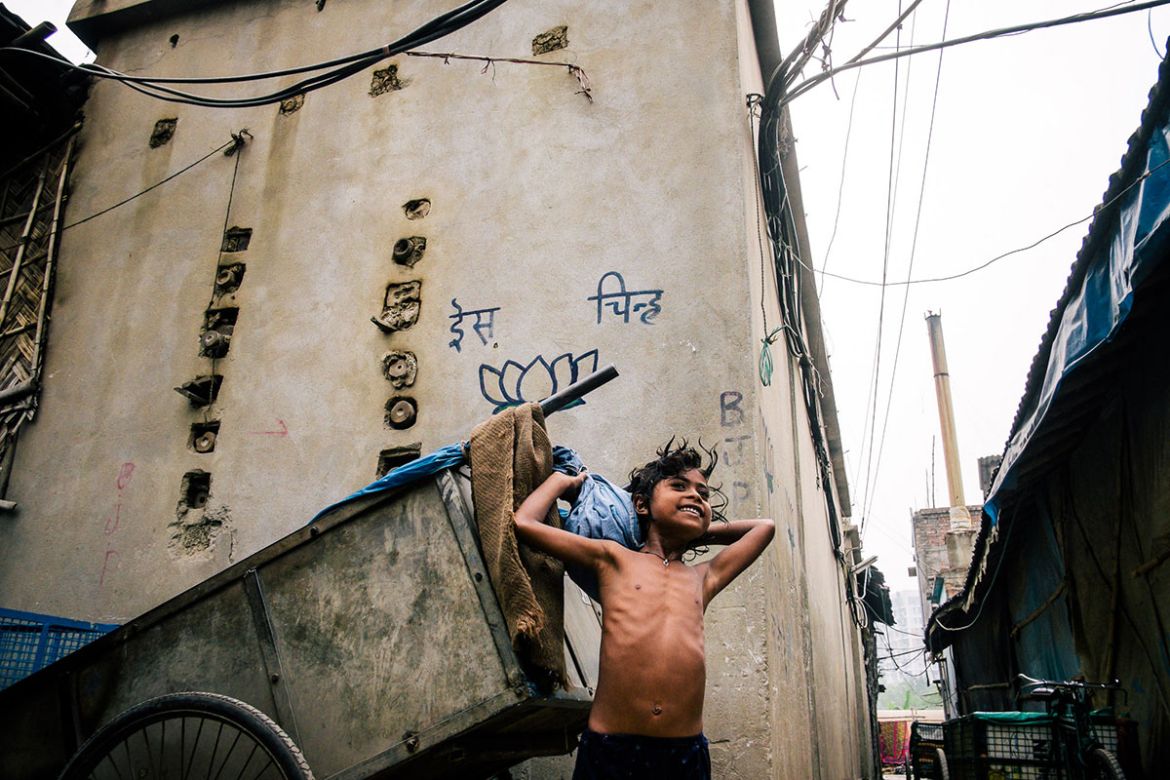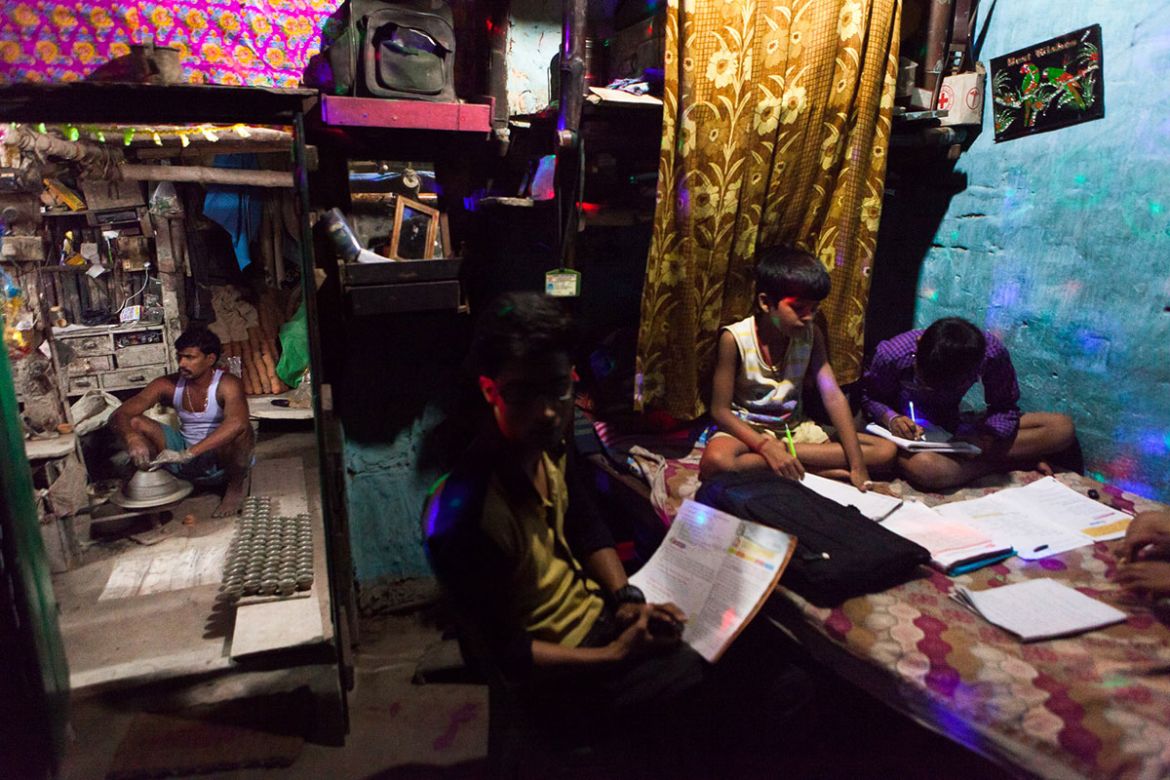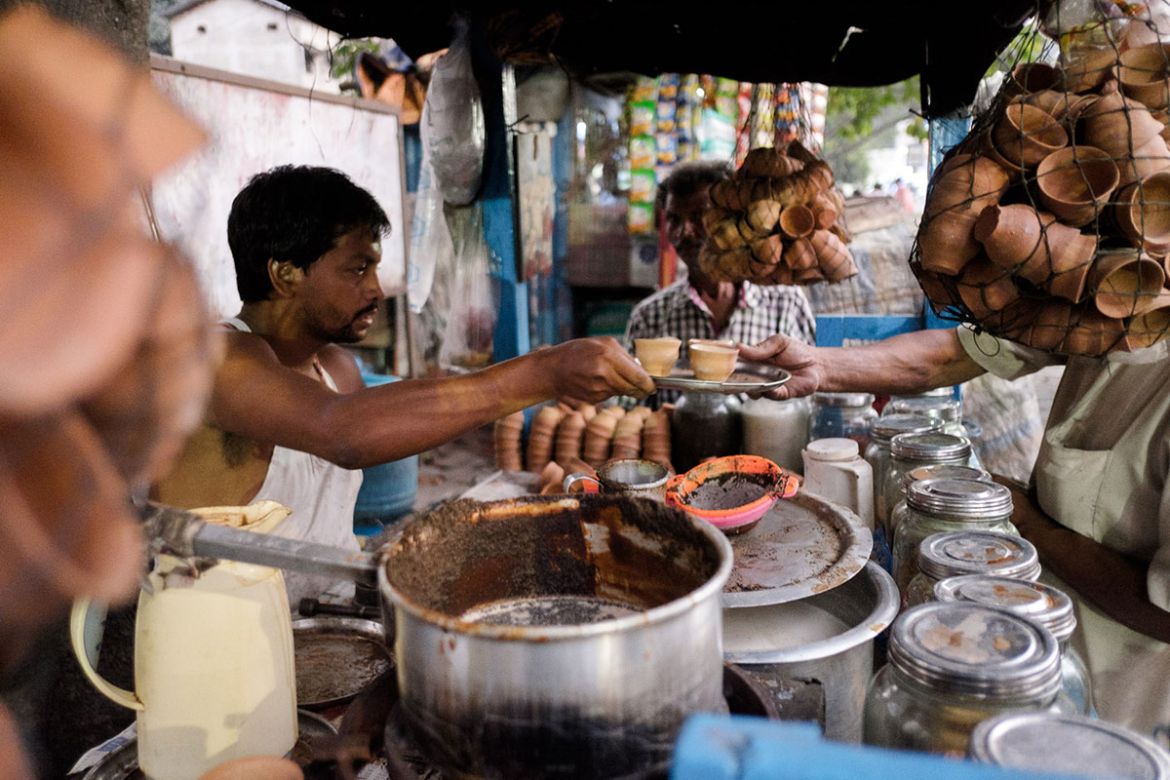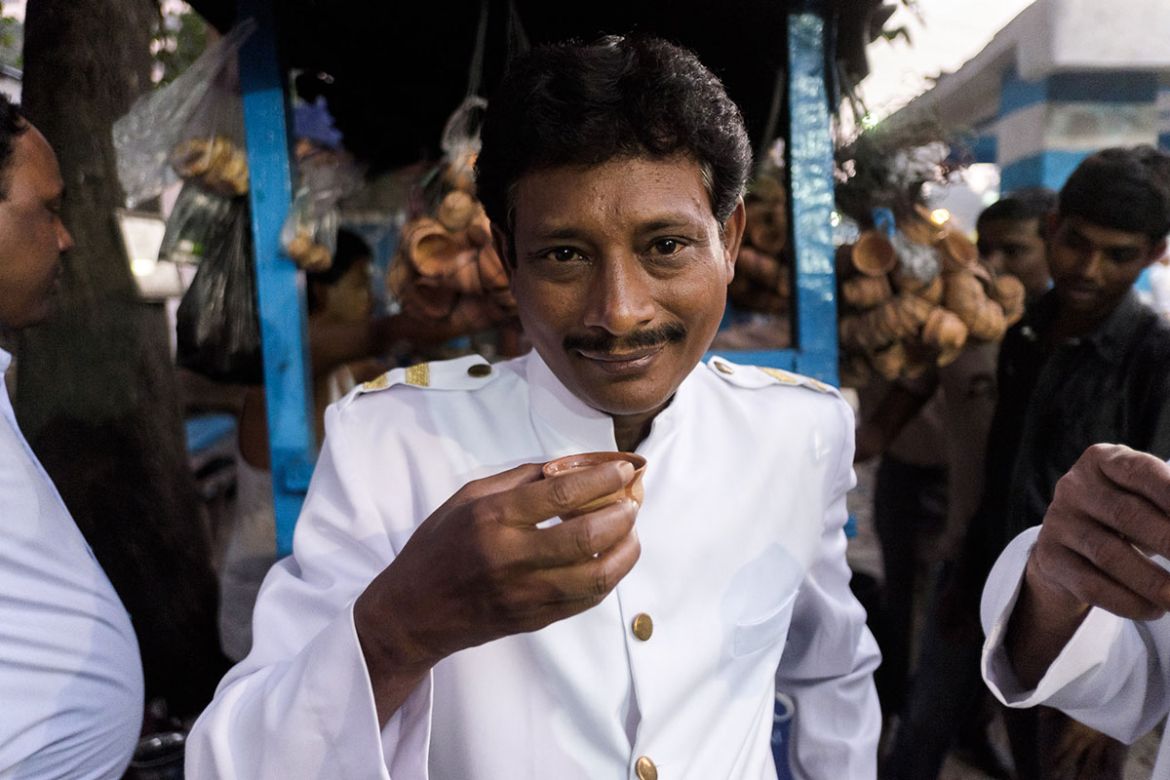In Pictures
Kolkata’s age old tradition of ‘bhar’ clay cups of tea
No one know how long the tradition of environmentally friendly clay cups can resist the onslaught of cheap plastic.

Ask anyone on the streets of Kolkata how to have the best cup of tea, and the answer will include the word “bhar”. Bhar are small, handmade cups made of clay used for serving the sweet, milky tea that is sold on the streets all over India. There was a time when the clay cups were everywhere as well: at every railway station, street corner or shady spot underneath a tree. But plastic has rapidly replaced the clay.
But there is one place, Kolkata, India’s former capital and a place that stubbornly keeps one foot in the past, where the tradition has been preserved. Tea drinkers here, swear by the superiority of the clay cup. The clay, they say, gives the tea a rich and earthy flavour. It brings a ceremonial ending to each cup of tea as well. When the tea is finished, the bhar are customary thrown and crushed to pieces on the ground.
The bhar, like small pieces of disposable art, are bearers of the age-old Bengali tradition of clay-pot making. Each cup is made by hand, from clay dug out of the Ganges river. Communities of potters, who have maintained the craft for centuries, sell them to tea vendors across the city, who operate their stalls from dawn until the late hours of evening.
But Kolkata is not immune to plastic and paper. Ready-made cups are cheaper and easier to handle, so tea vendors can sell them for a rupee or two less than the bhar. For now, many stick to serving tea from the environmentally friendly clay cups, but no one know for how long the tradition will continue.

